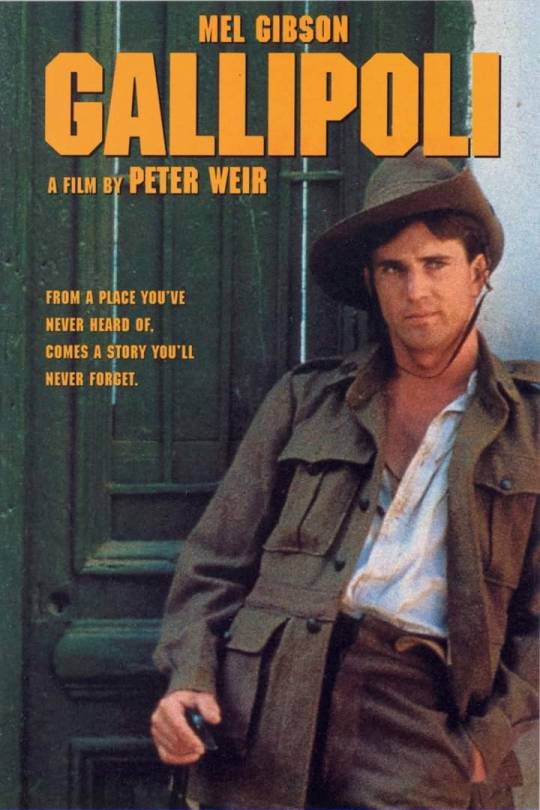#anzac
Text

Australian soldiers wearing respirator gas masks, Ypres, September 27, 1917
#history#the first world war#wwi#world war 1#1917#historical photos#world war one#ww1#canadian history#the great war#ANZAC#anzac day#australia history#australia#british army#great war#french army
259 notes
·
View notes
Text

A tropical downpour drenches the Australian crew of a 75mm gun as it fires on Japanese positions on New Britain in the Bismarck Archipelago - Dec 1943
#world war two#1940s#worldwar2photos#history#ww2#wwii#ww2 history#wwii era#world war 2#ww2history#australian army#Anzac#1943#pacific#war in the pacific#new britain#bismarck archipelago
118 notes
·
View notes
Text
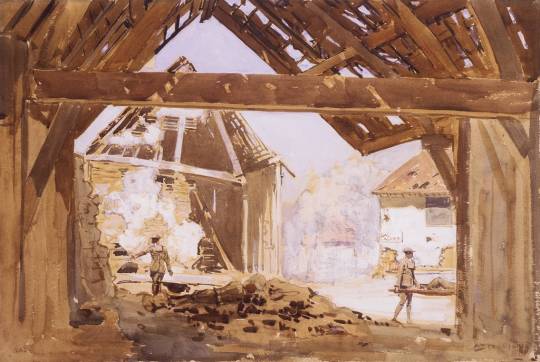
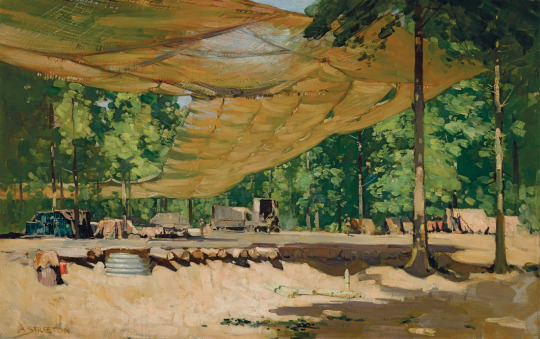

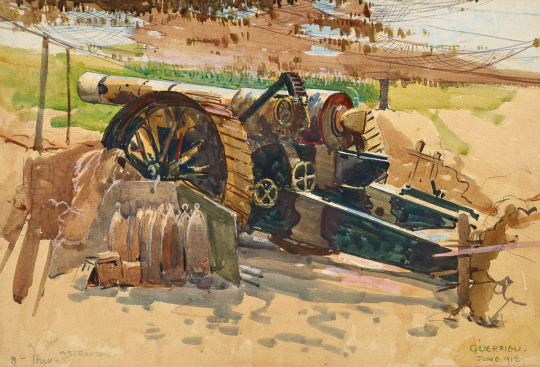
Sir Arthur Ernest Streeton (1867–1943) - Gas Alert, 1919, watercolour and gouache; The Ballarat Dump, St Gratien, 1918, watercolour; Mont St Quentin, Péronne, France, October 1918; watercolour; Camouflaged Siege Gun, Querrieu 1918, watercolour
In 1915, Streeton served as a private in the Australian Army Medical Corps. After three years, he was appointed an official war artist and painted the Western Front in France.
#Arthur Streeton#Sir Arthur Ernest Streeton#Australian artist#watercolour#watrerocolor#war artist#First World War#WWI#World War One#soldiers#Australian Imperial Force#ANZAC#war scene#war art#1919#1910s
101 notes
·
View notes
Text
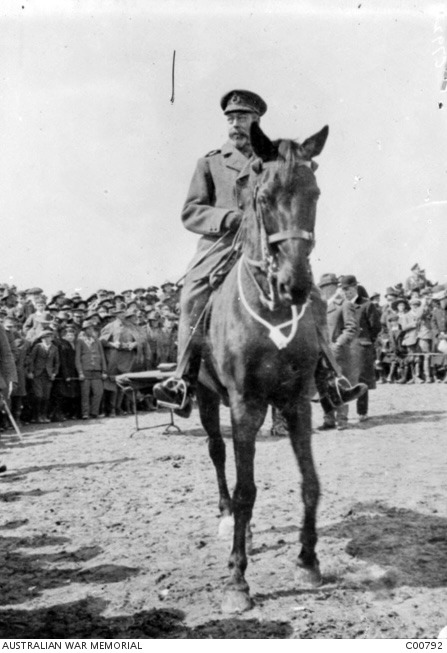
His Majesty King George V, on horseback, watches a parade of Australian soldiers, July 1917.
17 notes
·
View notes
Text
Today, in Australia and New Zealand, is ANZAC Day. It is on this day, the 25thof April,that we commemorate the brave young soldiers who risked their lives in World War One.
These soldiers, some only 16, had never fought under the name of their own country. Some had fought under the British, but this was the first time that Australia and New Zealand had fought internationally under their own names.
The ANZACs (Australian and New Zealand Army Corps) landed at Gallipoli on the Ottoman Empire over a hundred years ago today in a suicide attempt to take Gallipoli. The Gallipoli campaign was a fail; the British Generals made severe mistakes that cost our young men's lives. Yet they still fought with every bit of strength they had, fighting for their king and for their country.
Today we also commemorate all of the other brave men and women who have fought for our country since. We remember those who risked their lives in World War Two in the Kokoda Trail Campain, those who fought in Vietnam and those who are still out fighting today. Some of us remember ancestors who didn't fight with Australia, but fought for their own countries. My great-grandfather fought for Lithuania before it was invaded by the Nazis and then the Soviets.
(There is also a little Anzac service in one of the war memorials in Virginia I think for a Francis Debnham Milne, an Australian soldier who went down with US soldiers in a helicopter in WW2. He's my great-great-uncle.)
We remember and commemorate those today by wearing a sprig of rosemary and poppies. After the Great War of 1914-1918, all vegetation was utterly destroyed on the battlefields. The first thing to grow back were poppies. We also have many services throughout the day, a dawn service as well as a morning one with a march.
Today is ANZAC Day, a day to remember. A day that will continue on for generations as we remember the sacrifice those men, fathers and mothers made so that we could be on this soil today.
At the going down of the sun, and in the morning,
We will remember them.
Lest we forget.
74 notes
·
View notes
Text
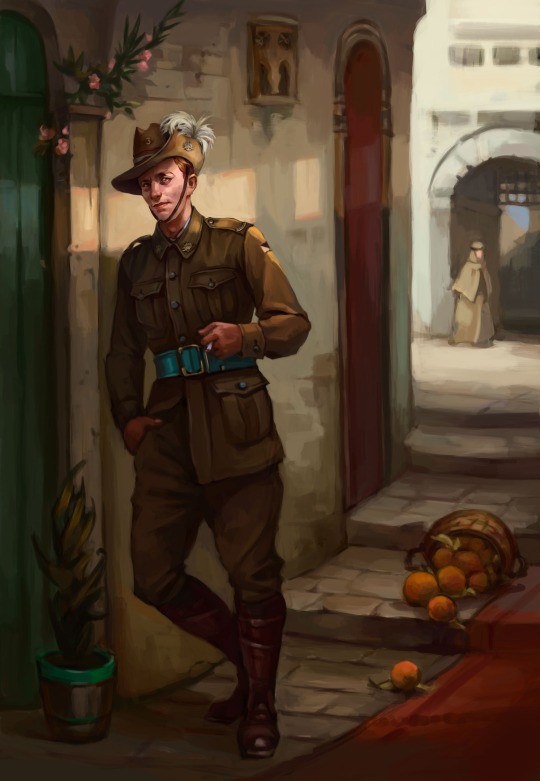
ANZAC soldier in Cairo
7 notes
·
View notes
Text

Quick study of an unknown WW1 Australian soldier.
7 notes
·
View notes
Text

Will they remember me in Australia?
Queens Park, Maryborough
17 notes
·
View notes
Photo
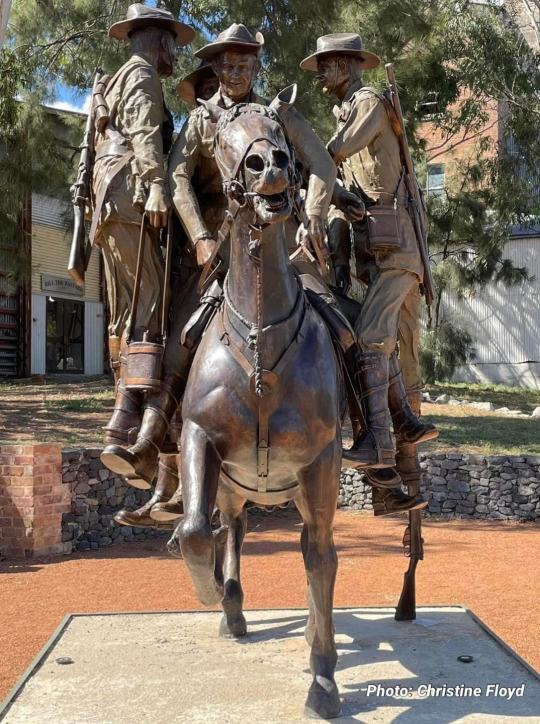
'Bill the Bastard' the unlikely war horse hero from the Battle of Romani.
He had the power, intelligence and unmatched courage that stood above all the 200,000 Australian horses sent to the Middle East in The Great War. He was a big 17.1-hand with a long back and big rump. Chestnut in colour, and a Waler - named after New South Wales.
The big, partly broken-in stallion played up so badly while being loaded onto the troop ship he was nearly left behind in Australia. On arrival in Egypt, he was declared unrideable and given an unflattering nickname.
"He was called Bill the Bastard because no man could mount him and ride him. He threw them off, he didn't just smash them into the ground, he put them into orbit."
The first person to try and ride him was a young lad called Ben Towers - a questionable 17 years of age. He came from Cootamundra. Young Ben claimed to be a capable rider - but Bill had other ideas. After several attempts it seemed that Bill would allow only one person to ride him - Major Michael Shanahan.
Shanahan persuaded his Captain 'Banjo Patterson' to let him take Bill into battle. He felt sure that Bill would be the ideal horse for the job.
In the thick of The Battle of Romani, four Tasmanian troopers had their horses shot from under them so they're left stranded in no-man's-land! Shanahan rode Bill under heavy Turkish fire and with super strength, got the four soldiers on - making it five in total on Bill - and returned them to safety.
After Bill had a big drink, Shanahan said to the horse: "It’s time to get back. Bill , you’re a bloody marvel!"
It was soon after Shanahan was shot in the thigh and Bill was shot twice. Still they continued to fight until Shanahan collapsed into the saddle. Bill was aware of the seriousness of the situation and took Shanahan three kilometres through the fighting, straight to the vet. He was taken to the Medic. As a result of his injuries Shanahan's leg was amputated. He was sent to England, never to see Bill again.
Major Shanahan was awarded a Distinguished Service Order, while Bill's reward was to be decommissioned, never to carry a soldier into battle again. He helped Bill to become a hero; and also became a D.S.M hero himself.
"No-one could imagine the sort of fear these men would be going through when Bill came along and picked them out of the middle of a battlefield and rode them a couple of miles to safety".
Very few war horses returned to Australia. Most were shot to save them from a life of misery after the war.
Bill escaped that fate. He returned once again to Gallipoli as a packhorse to assist soldiers collecting battlefield artefacts.
It's believed he lived out his life with Turkish farmers, who were warned never to put anyone on his back!
#australia#anzacs#anzac#horse#horses#warhorse#war horse#ww1#world war one#world war 1#first world war
284 notes
·
View notes
Text

Phew they made it to the beach’s….what else can go wrong
Honestly yeah where the hell are they
Next Page/Previous Page
New to Dardanelles you can stare reading it here
#comic#ww1#anzac#webcomic#war comics#gallipoli#art#artists on tumblr#Art of Toppyflygon#TF-Dardanelles#Toppyflygon Ocs
7 notes
·
View notes
Photo
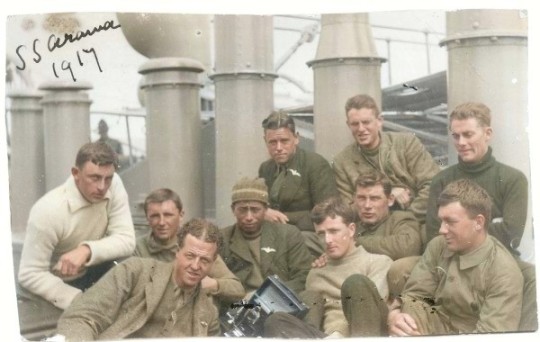
Group of Airmen on board S.S. Arawa, c. October 1917. The airmen were on their way from New Zealand to England to begin training with the Royal Flying Corps.
#royal flying corps#raf#ww1#anzac#Anzac Day#remembrance day#historical photos#history#british#world war 1#world war one#The first world war#wwi#1918#1917#1916#1915#1914
58 notes
·
View notes
Text

Gallipoli battlefield cemetery statue of a Turkish soldier carrying a wounded ANZAC soldier, "As the cries of the wounded continued and the hot sun rose the ANZACs were moved to pity. They had never seen such bravery before. A truce was arranged and Anzacs and Turks together helped to bury the dead. (A.K. Macdougall, Australia inH Hstory: Gallipoli and The Middle East)
Soon hundreds of people will be honoring their grandfathers who have lost their lives in our lands. They will commemorate their lives and remember them with the first sunlight.
Dear grandchildren of brave and kind ANZAC soldiers, you are always welcome here, you have our respect and love, from the bottom of our hearts.
When we covered Gallipoli wars in our schools during history lessons, we always loved hearing stories between Johnies and Mehmets. Never once we regarded them as enemies, and we still do not. They have always had a special place in our hearts. Still do, ANZAC soldiers were not our enemy.
As Ataturk said:
"Those heroes that shed their blood and lost their lives …
You are now lying in the soil of a friendly country. Therefore rest in peace. There is no difference between the Johnnies and the Mehmets to us where they lie side by side in this country of ours.
You, the mothers, who sent their sons from far away countries, wipe away your tears.
Your sons are now lying in our bosom and are in peace. After having lost their lives on this land they have become our sons as well.”
❤️
45 notes
·
View notes
Text

lest we forget! "dooot, doot, doooot da dooot...!" <3

now to add da fin touch to my sandcastle! XD

chillax time! <3
#sonic#adventure#2#chao#dark#spring#garden#anzac#day#musical#note#sand#castle#decoration#bell#clash#kudu#threspiian#herio#godiian#chill#relax#heaven#sega#team#honey#spiret
26 notes
·
View notes
Text
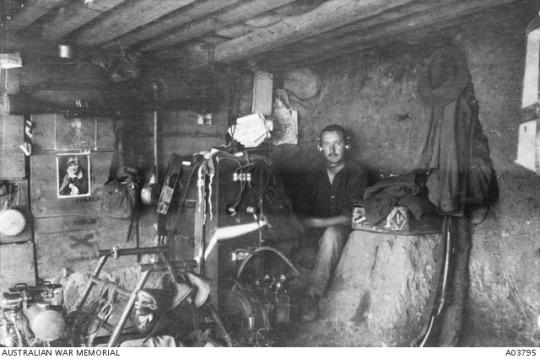
The interior of Wireless Station W.5, operated by the 2nd Signal Troop, 2nd Australian Light Horse Brigade, in its position at the entrance to Clarke's Valley at Anzac, June 1915. The duty operator is 502 Lance Corporal R H Fry. Hanging on the wall to the left is a photograph of King George V and another of a young woman.
8 notes
·
View notes
